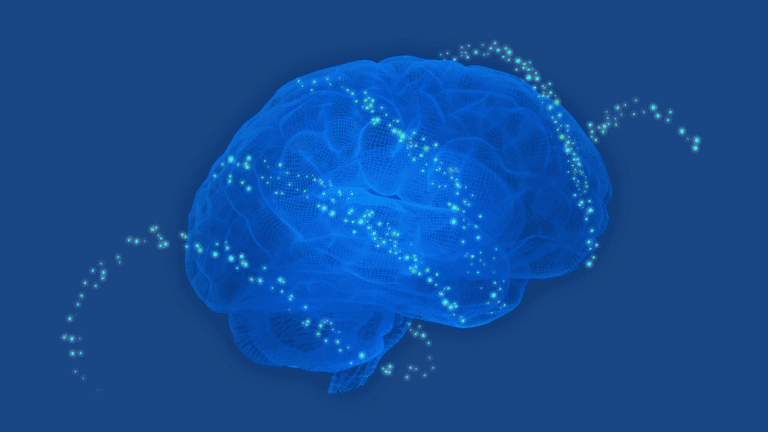Cisco introduces Predictive Networks. The technology allows organizations to solve network problems before they occur. Cisco hopes to unveil the first release in June.
In a recent survey, 45 percent of IT leaders said that downtime is their biggest network challenge. The more we digitalize, the higher the price of downtime becomes.
Traditional network management revolves around detection and prevention. Most technology comes into play after a problem occurs. Cisco wants to shake things up. Over the past two years, 30 specialists worked on a software engine for predicting and solving network problems.
Cisco Predictive Networks
Cisco Predictive Networks collects data from various network sources and learns to recognize patterns. Ultimately, hardware problems, bandwidth peaks and configuration issues are identified prior to occurring.
Cisco wants to offer Predictive Networks in its complete portfolio via integrations and SaaS. The organization hopes to announce the first integrations at Cisco Live, a conference in June. The focus is on both large and small organizations in virtually every sector.
Not groundbreaking
The idea behind Predictive Networks is not groundbreaking. Any organization can predict network problems by purchasing a monitoring platform and hiring an experienced operator. Costs and accuracy make the difference. Predictive Networks runs on AI. Cisco possesses over a huge amount of historical network data. Predictive Networks learns from this past. Accurate AI predictions come faster and cheaper than human predictions.
“The future of connectivity depends on self-healing networks that learn, predict and plan”, shared Cisco CEO Chuck Robbins. “We will be applying the technology to a wide range of products and services in the coming years.”
The first versions of Predictive Networks have already been tested by customers, including Philips 66 and Schneider Electric. They’re enthusiastic about the technology’s accuracy.
Tip: Cisco adds Silicon One chip to Catalyst switches: what does that mean for the network?
